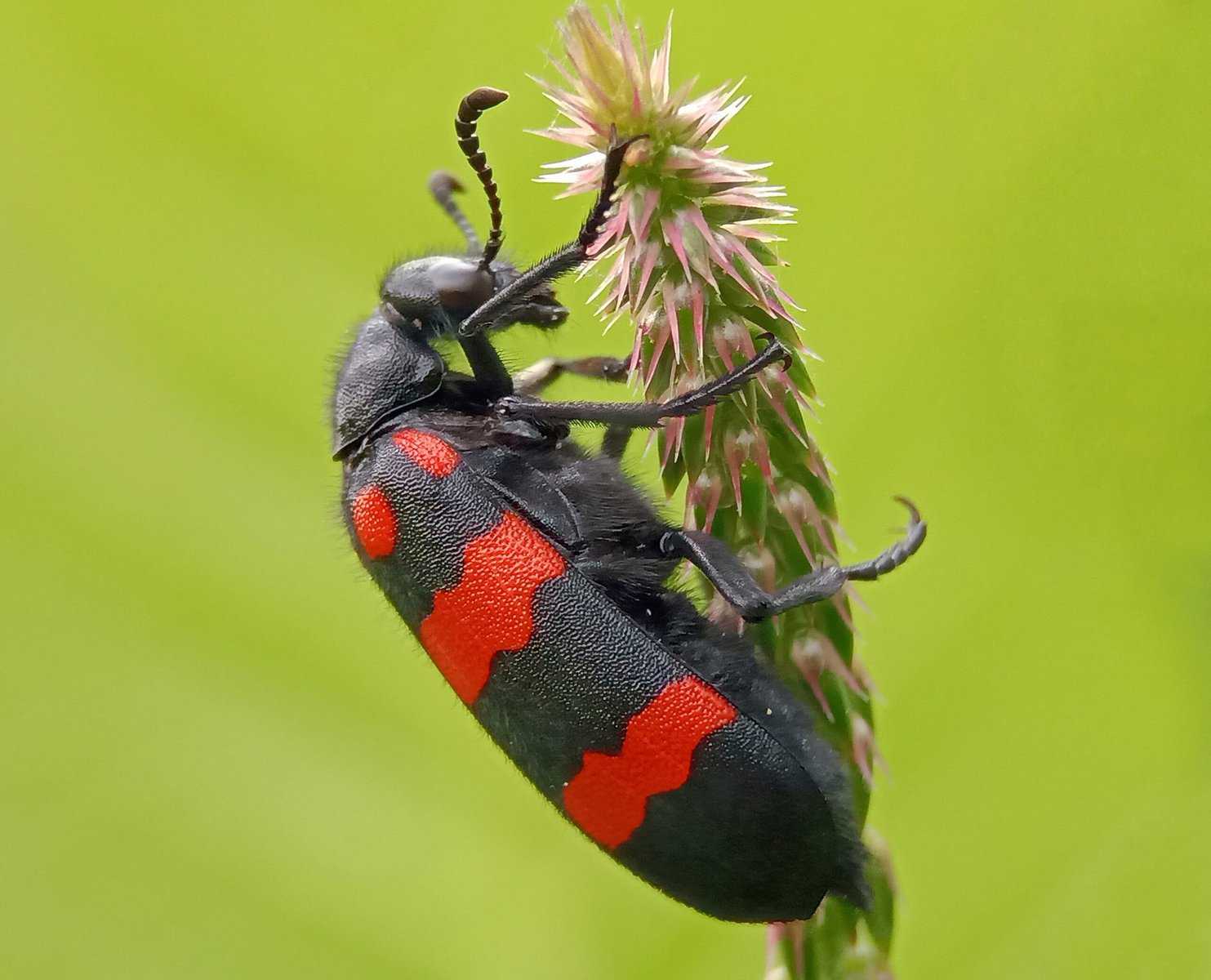
It’s that time of year here in Arizona when Blister beetles begin emerging from the ground and like many insects, have fascinating life cycles that involve stages of dormancy and emergence, especially after winter. Some are very large and can get as big as a few inches, hence the name Master Blister Beetles. Here’s a more detailed explanation of how they emerge from the ground and why they become more visible in the environment:
Note: If you see these sometimes very colorful beetles, leave them be. If you don’t bother them they will not bother you. If you are gardening, wear gloves, as blister beetles feed on plants, flowers, gardens/crops. Should the blister beetle feel threatened or they land on you the male will release a toxic terpene called cantharidin. They release it as a defense mechanism. Cantharidin can produce a blister on the skin which is uncomfortable, but not serious. Thoroughly wash the area with soap and water to remove the cantharidin. The males produce the chemical called Cantharidin. It is built up in the male glands and mating will determine if the chemical is passed on to the female, so she will use it to cover and protect her eggs. The females lay clusters of eggs in the soil.
- Overwintering: Many blister beetles spend the winter months in a state of dormancy, typically as eggs, larvae, or pupae underground. This dormancy helps them survive the cold temperatures and harsh conditions.
- Spring Emergence: As temperatures warm up in spring, blister beetles begin to emerge from their overwintering sites. The exact timing can vary depending on the species and local climate conditions. Warmer temperatures and increased daylight hours trigger their biological processes, signaling that it’s time to become active again.
- Seeking Food and Mating: Once they emerge, blister beetles start actively searching for food and mating opportunities. They are herbivores, and many species feed on plants, flowers, or crops. This quest for food often brings them into more visible areas, such as gardens, fields, or meadows, where their presence becomes noticeable.
- Life Cycle Completion: After mating, female blister beetles typically lay eggs in the soil. These eggs hatch into larvae, which then go through several stages of development before pupating and eventually emerging as adult beetles. This completes their life cycle, and the cycle may repeat depending on environmental conditions and species-specific factors.
- Factors Affecting Visibility: Several factors can contribute to why blister beetles are more visible in the environment after emerging:
- Activity Patterns: Blister beetles are diurnal, meaning they are active during the day, which increases their visibility to observers.
- Feeding Habits: Their feeding habits on plants and flowers can lead them to areas where people are more likely to encounter them, such as gardens or agricultural fields.
- Population Dynamics: Depending on population sizes and ecological factors, there may be noticeable fluctuations in blister beetle numbers in certain years or locations, leading to increased sightings.
In summary, blister beetles emerge from the ground after winter as part of their life cycle, becoming more visible as they actively forage for food and mates in the spring and summer months.